You may know these ingredients by name, but how well do you understand cream of tartar vs. baking powder?
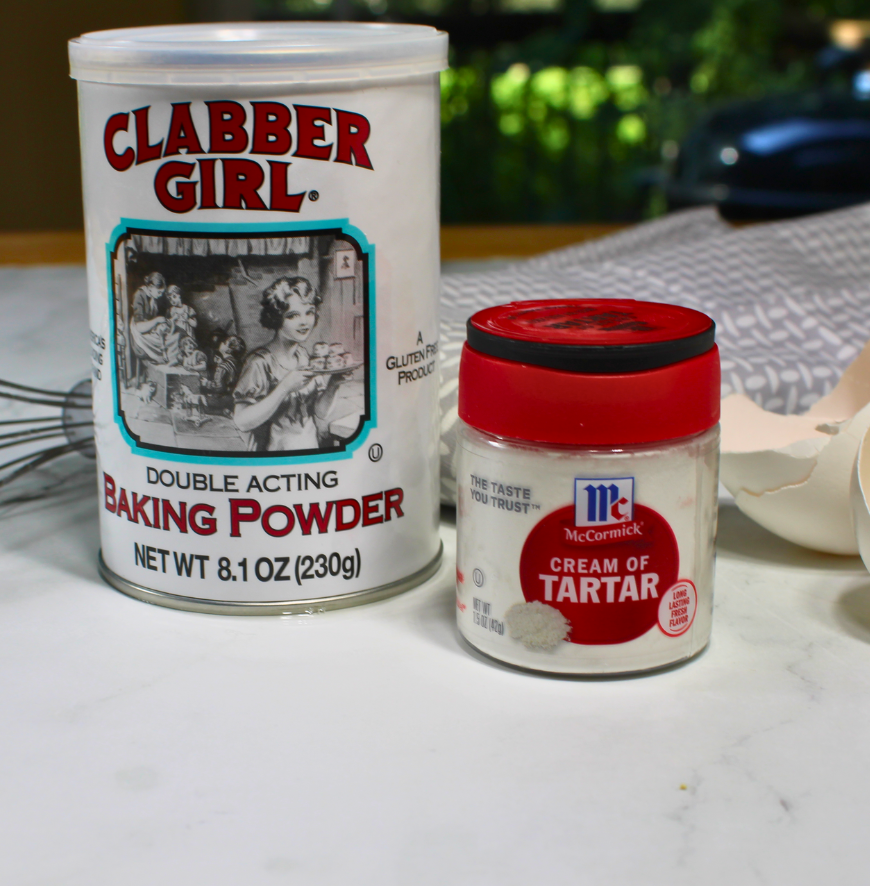
In this post, I’ll explain the differences, how they work in your recipes, and share some easy tips to help you decide which one is best for your baking needs.
This post is part of my Baking Basics Series, where I break down essential ingredients and techniques for every home baker. Curious to learn more? Click here to see the other posts in the series!
Ready to put your baking skills to the test? Here are some recipes where cream of tartar and baking powder are the stars of the show.
- Snickerdoodle Cookies: A classic that uses cream of tartar to add a tangy flavor and chewy texture to these beloved cookies.
- Royal Icing: I love to use cream of tartar to stabilize the meringue powder for a smooth, glossy finish thats perfect for decorating cookies.
- Slice-and-Bake Refrigerator Cookies: Baking powder makes these convenient slice-and-bake cookies turn out light and tender with every bite.
Want to see what goes on behind the scenes? Follow me on social media for a peek at my latest baking creations, what I’m selling this season, and a little candid fun along the way. Join the fun—I'd love to connect with you!
Follow me on social!
Cream of Tartar vs. Baking Powder: What’s the Difference?
- Cream of Tartar: An acidic byproduct of winemaking, cream of tartar is used to stabilize egg whites and add tanginess to baked goods like snickerdoodles.
- Baking Powder: A complete leavening agent made of cream of tartar and baking soda. It helps baked goods rise and is more versatile, commonly used in recipes that need a lift.
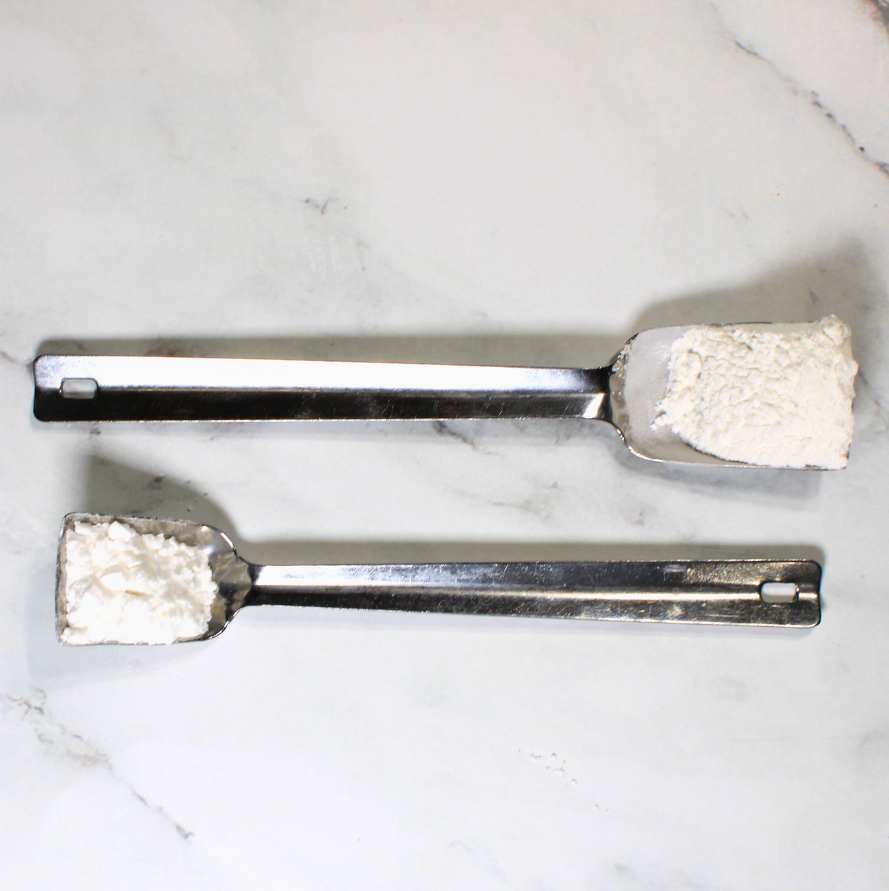
How They Work in Your Baking
So, let’s say you’re making meringues (think stiff peaks of fluffy goodness). You’ll need cream of tartar to keep those egg whites stable. No cream of tartar? Your peaks might flop. Been there, done that—trust me, it's not pretty.
But if you’re whipping up some pancakes or a cookie recipe that calls for baking powder, that’s where the magic happens. Baking powder gives your baked goods that perfect rise, creating an airy texture we all love.
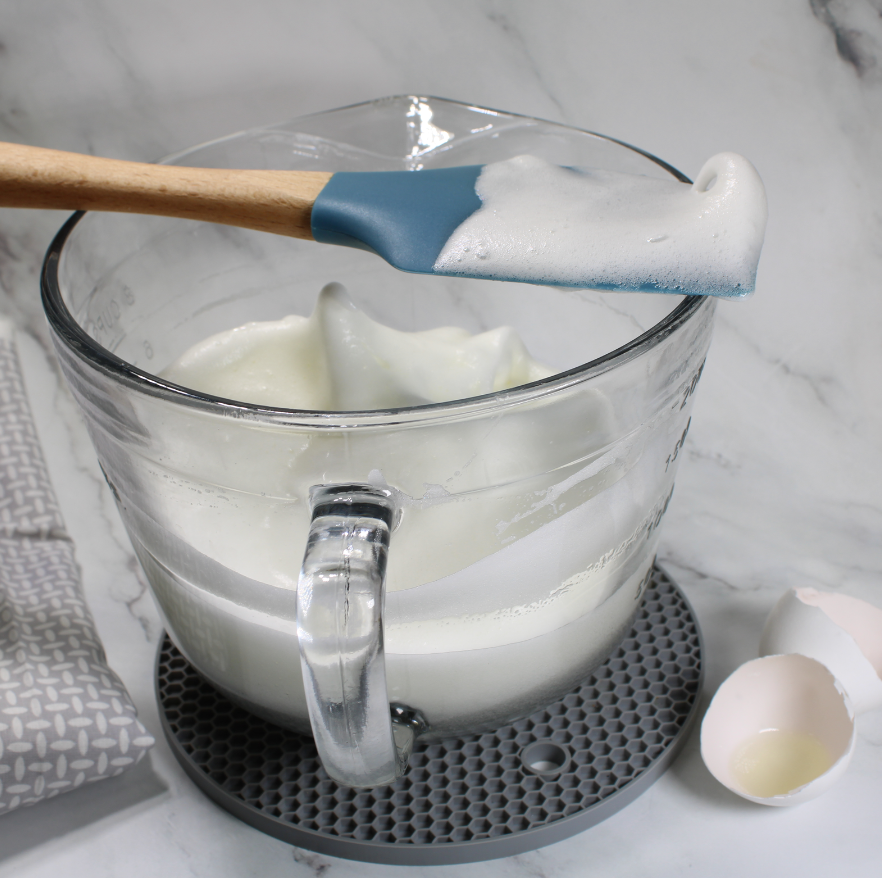
Recipe Spotlight: Snickerdoodle Cookies with Cream of Tartar
Why It Works: Cream of tartar is an essential ingredient in snickerdoodle cookies. It gives the cookie dough that signature tangy flavor and prevents the sugar from crystallizing, so you get a perfectly soft and chewy cookie every time. The acidic ingredient works with the alkaline baking soda to create a slight rise, giving these cookies their signature texture.
Pro Tip: If you’re out of cream of tartar, a teaspoon of lemon juice or white vinegar can be a decent substitution, but keep in mind it might slightly change the flavor of your finished product.
Can You Swap Them? Let’s Get Creative
Running low on baking powder? No worries! You can DIY your own with cream of tartar and baking soda. Mix two parts cream of tartar with one part baking soda (hello, kitchen chemistry).
On the flip side, if your recipe calls for a teaspoon of cream of tartar and you’re out, grab some fresh lemon juice or a teaspoon of vinegar. They’ll mimic the acidic properties, though the final result might have some subtle changes. I’ve tried it with lemon juice in a pinch—worked like a charm!
Looking for a quick fix? I’ve included a simple recipe to mix your own baking powder using cream of tartar at the bottom of this post!
Recipe Spotlight: Fluffy Biscuits with Baking Powder
Why It Works: Baking powder is the star of fluffy biscuits. This versatile ingredient releases carbon dioxide gas when mixed with the cup of buttermilk in your recipe, causing the dough to rise. The result? Light, airy biscuits that practically melt in your mouth.
Pro Tip: For the best results, use fresh baking powder. An old baking powder that’s been sitting in the pantry for a long time might not give you the lift you need.
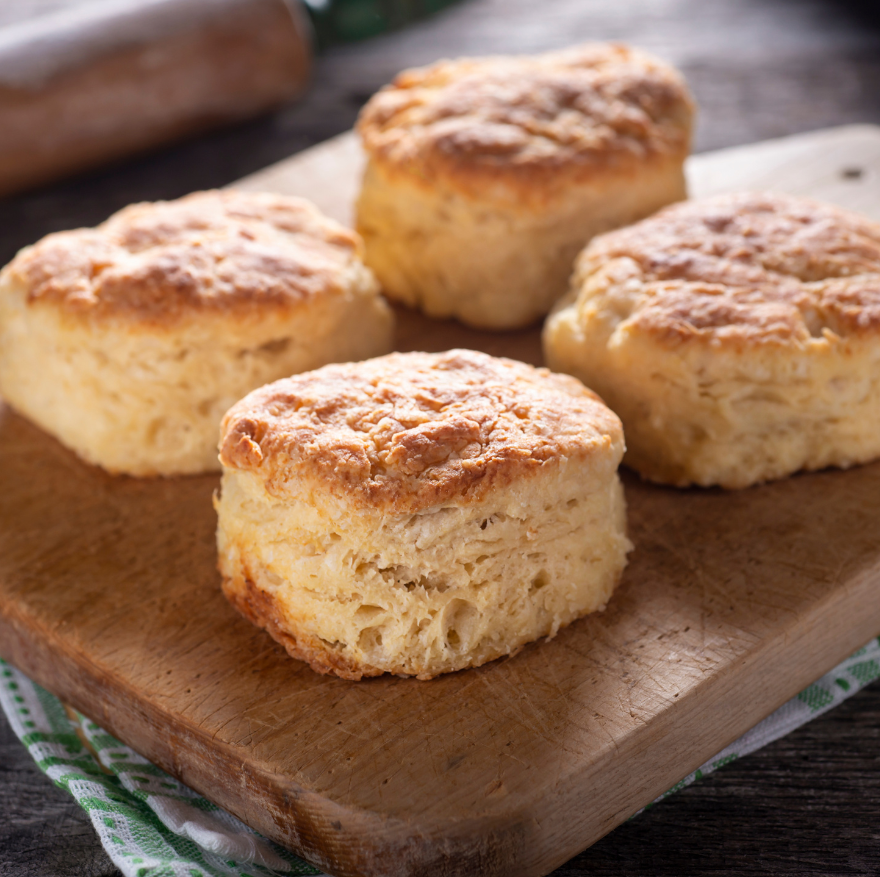
Why Your Recipe Needs One Over the Other
Baking is like a chemistry experiment in your kitchen. If you’re making a delicate angel food cake, you need that cream of tartar to keep things light and fluffy. For cookies and quick breads, baking powder’s double action (first when mixed, then again in the oven) gives you that perfect rise. Trust me, I’ve learned the hard way—old baking powder equals flat, sad cookies.
Recipe Spotlight: Perfect Meringue with Cream of Tartar
Why It Works: Cream of tartar serves as a stabilizing agent when whipping egg whites into stiff peaks for meringue. This acidic byproduct of winemaking helps the egg whites hold their shape, preventing them from collapsing. The result? A fluffy, airy meringue that’s perfect for topping pies or making cookies.
Pro Tip: If you don’t have cream of tartar, you can use a teaspoon of white vinegar or lemon juice as a substitute, but for best results, stick with the original.
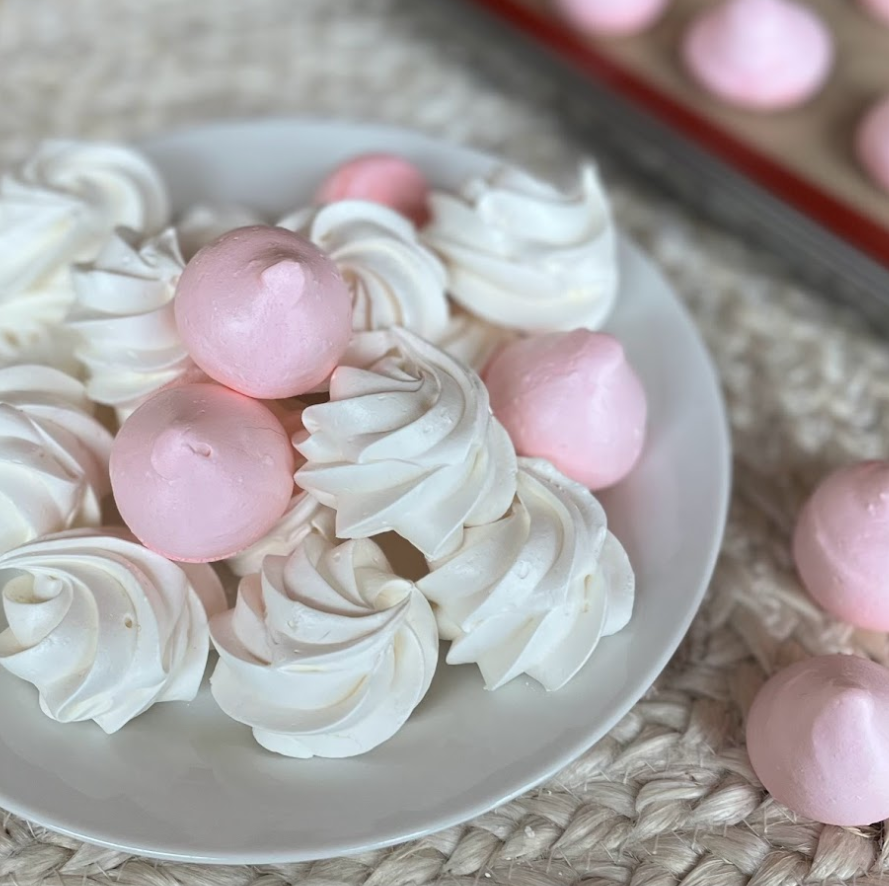
Quick Tips for Baking Success
- Check Your Dates: Old baking powder? Toss it. It loses its oomph over time.
- Measure Carefully: A little goes a long way. A teaspoon of cream of tartar or baking powder can make or break your recipe.
- Substitutions to the Rescue: No cream of tartar? A teaspoon of lemon juice or vinegar can save the day in most cases.
- Experiment & Have Fun: Try making your own baking powder or use cream of tartar replacements like citric acid or sour cream. You might discover something amazing!
Homemade Baking Powder
Ingredients
- 2 teaspoons cream of tartar
- 1 teaspoon baking soda sodium bicarbonate
- 1 teaspoon cornstarch optional, for storage
Instructions
- Mix: In a small bowl, combine 2 teaspoons of cream of tartar with 1 teaspoon of baking soda. This will give you a single-acting baking powder.
- Add Cornstarch (Optional): If you plan to store your homemade baking powder for later use, add 1 teaspoon of cornstarch to the mixture. This helps absorb any moisture and prevents clumping.
Notes
Why Your Recipe Calls for Cream of Tartar vs Baking Powder
And there you have it—a deep dive into the world of cream of tartar and baking powder!
Whether you call it potassium bitartrate, acid salt, or simply that fine white powder in the baking aisle, cream of tartar plays a crucial role in your favorite baked good recipes.
And let's not forget its buddy, baking powder—a double-acting superstar made from sodium bicarbonate and a touch of tartaric magic.
So next time you’re whipping up a recipe you’ll know exactly what’s happening behind the scenes.
And now you can impress your friends with your understanding of cream of tartar vs. baking powder.
Happy baking, and may your cream of tartar always be fresh, and your baking powder always be double-acting!


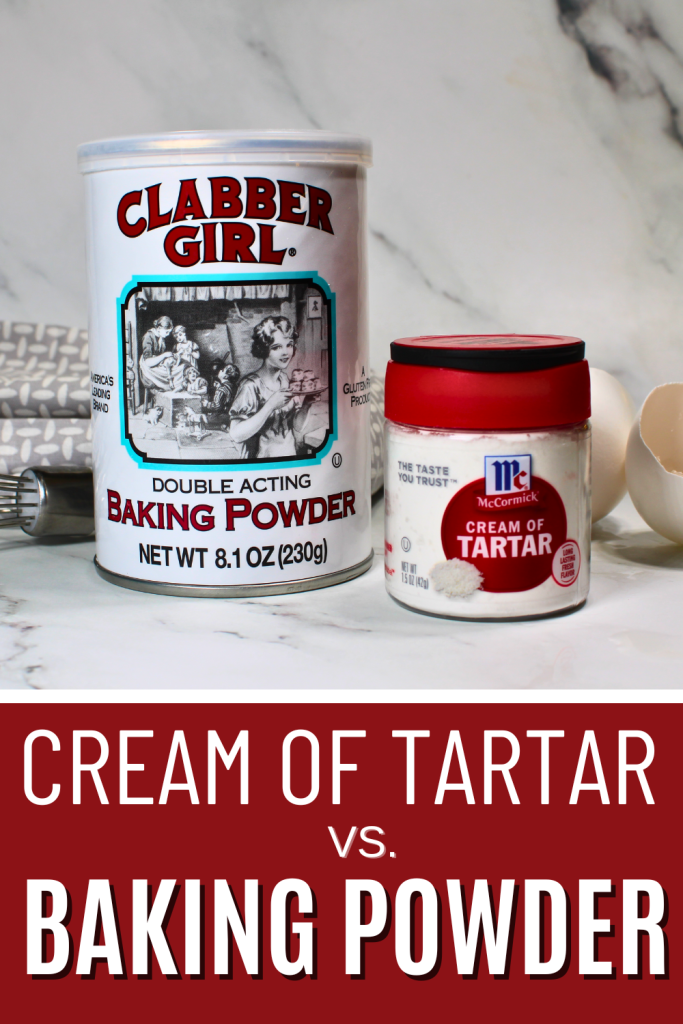
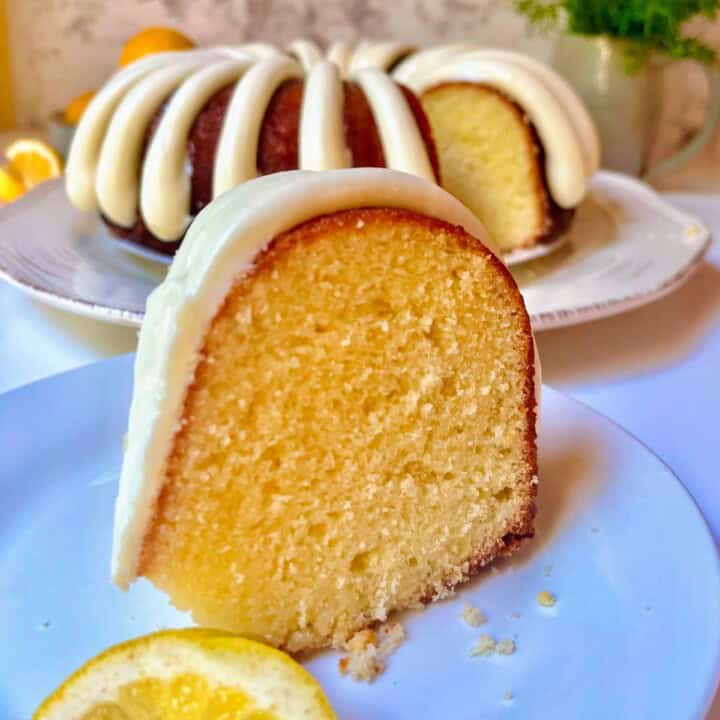
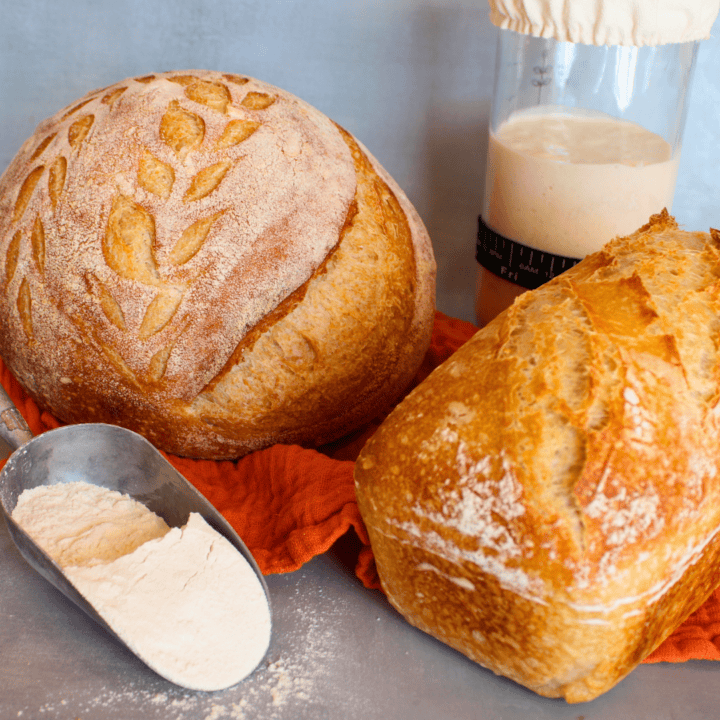
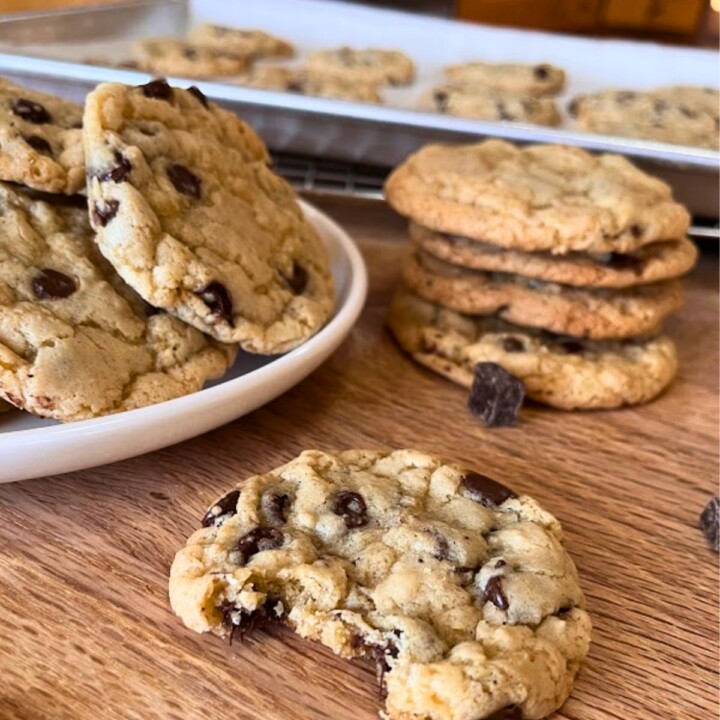

Leave a Reply